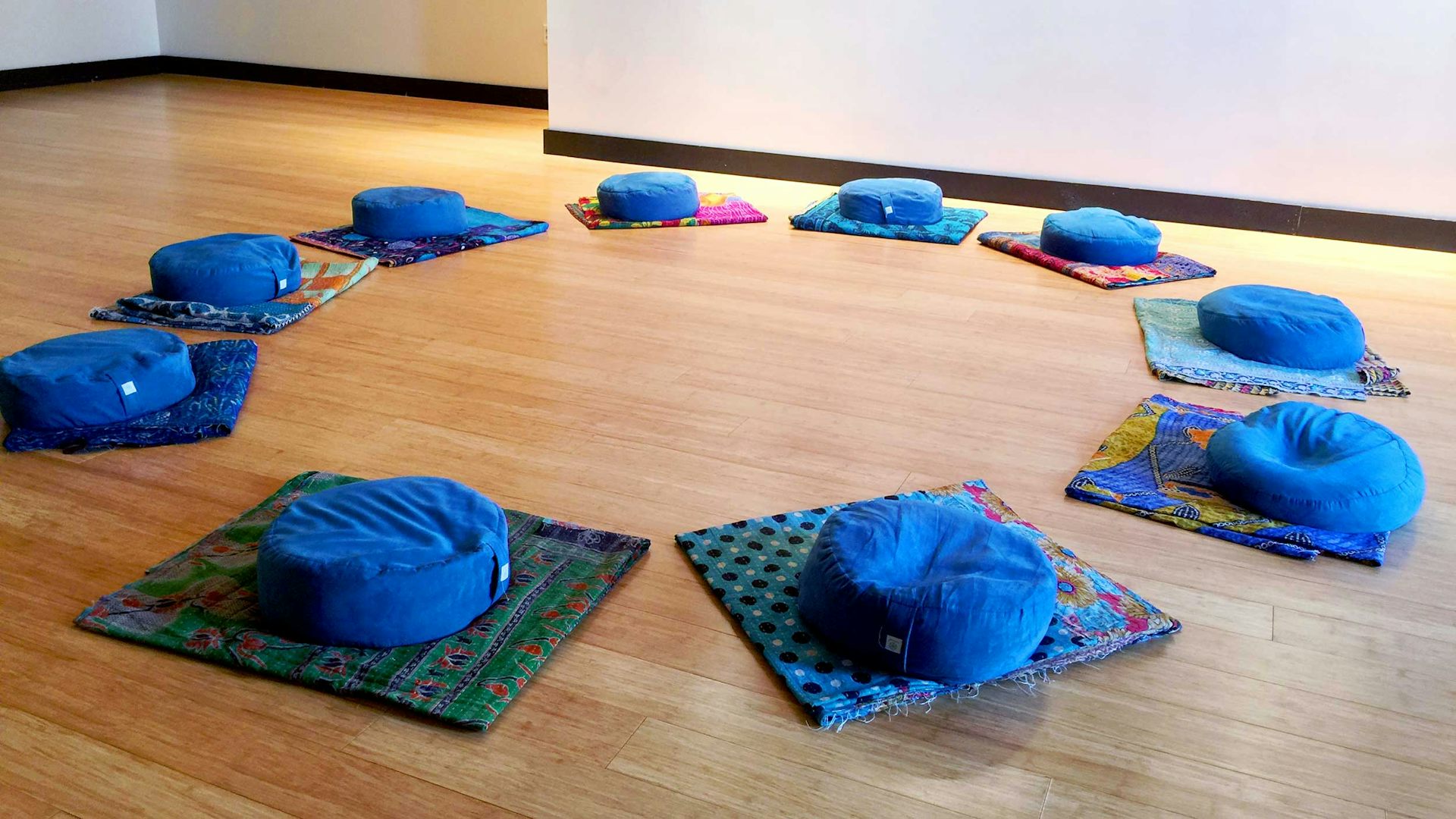How a positive outlook on the future protect may teens from violence
Teens who have high hopes for the future were less likely to threaten or injure someone with a weapon, a recent study reports. Could helping youth build dreams for the future also curb violence?

Youth violence is pervasive and has serious consequences for teens’ health and well-being. Based on a recent Centers for Disease Control and Prevention survey of ninth to 12th graders in the U.S., 1 in 6 youth report carrying a weapon in the past 30 days, and 1 in 4 report being in a physical fight in the past year. Each year, over 200,000 youth seek care in emergency departments across the U.S. for assault-related injuries. Male teens in lower resource urban settings bear the highest burden of exposure to violence.
As an adolescent medicine doctor and researcher, I study how we can protect teens from violence. Most research has focused on factors that increase risks for violence, yet we know much less about factors that protect teens. According to new research my colleagues and I published in JAMA Pediatrics, having a positive outlook on the future may protect male teens from violence perpetration.
Future orientation and violence

Positive future orientation means having high hopes and plans for the future. This could include a broad range of ideas, such as plans to go to college, to pursue a certain career path, to excel in extracurricular activities, or to be engaged in improving one’s community. Previous studies have linked positive future orientation to many important positive outcomes for youth, including doing well in school, avoiding illicit substances, and being less likely to engage in risky sexual behavior. This motivated our team to ask, “Can a positive outlook on the future protect teens from violence?”
To study links between future orientation and violence perpetration, we surveyed 866 male teens between the ages of 13 and 19 in lower resource neighborhoods in Pittsburgh. All of the teens were part of a community-based sexual violence prevention study. We asked them a series of questions before they started the intervention program about their aspirations, goals and contributions, as well as about their involvement in violence. For example, teens answered, “I trust my future will turn out well” and “It is important to me that I reach my goals.”
In the past nine months, two-thirds, or 66 percent, had been in a fight. More than one-fourth, or 29 percent, had threatened someone with a weapon, and 1 in 7, or 15 percent, had injured someone with a weapon.
Just over half, or 58 percent, of teens in the study had positive future orientation based on their answers to seven survey items. They answered that survey items such as, “My life will make a positive difference in the world,” were “a lot like me” or “exactly like me.”
We found that youth with positive future orientation were significantly less likely to report threatening someone with a weapon or injuring someone with a weapon in the past nine months. Teens with positive future orientation were 0.7 times less likely to report threatening someone with a weapon and 0.6 times less likely to report injuring someone with a weapon.
What do the findings mean?
Future orientation may help protect male teens in lower resource urban neighborhoods from violence. Many excellent programs, such as Youth Empowerment Solutions, are already working with youth in lower resource communities to reduce violence. Expanding programs that foster positive future orientation may be an important part of comprehensive youth violence prevention interventions.
It is important to consider how we can help youth develop positive future orientation and provide skills and opportunities for them to achieve their goals. Family members and mentors are likely to play key roles in supporting positive future orientation and reducing violence involvement.
A public health approach to youth violence prevention requires thoughtful and sustained investment in communities and community-based interventions that recognize and support existing strengths. Investing in community infrastructure, building safe spaces where teens can spend time together, and creating career opportunities go hand in hand with promoting future orientation. I believe our findings, together with the work of other researchers and practitioners, show that it is essential to combine interventions that strengthen future orientation with meaningful opportunities for youth to engage in their communities and achieve their identified goals. In doing so, we can provide all teens with the opportunity to thrive.
Alison Culyba receives funding from the National Institutes of Health and the Academic Pediatric Association.
Read These Next
West Coast levee failures show growing risks from America’s aging flood defenses
Levees protect more than 7 million buildings in the US today, yet they got a D-plus grade in 2025. A…
LA fires showed how much neighborliness matters for wildfire safety – schools can do much more to te
Managing fire risk is about more than regulations and rules. It’s also about caring for neighbors…
Has the Fed fixed the economy yet? And other burning economic questions for 2026
As 2026 begins, uncertainty is at the top of everyone’s mind.






